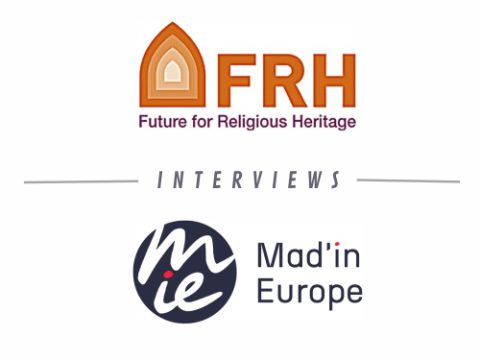Please describe your profession.
At London Stone Carving we are primarily Sculptors; Focusing on historical sculpture and ornamental/ architectural enrichments.
What materials do you use?
Our work requires us to use different materials depending on the building that we are working on. Most commonly in the south of England we work with limestone, such as Portland or Bath stone.
What specific know-how and technical skills do you need in your profession?
Carving stone demands more than a mastery of the craft; the carver must supplement their skills with knowledge of period style, ornament and construction techniques to interpret designs and produce work for any context traditional, classical or contemporary.
The nature of our work Means that we could be working in a Norman church on Monday, and Baroque palace on Tuesday and then creating a contemporary sculpture on Wednesday. We love this diversity of style and material, it gives a great sense of the development of our craft and helps substantiate our own epoch. Individually each team member has their own stylistic preference, but for me the energy and often humour in some of the early gothic carving you find is unrivalled.
What is your “ideal” client’s profile?
When and how did you decide to be a craftsman?
Where and how long did you train before you were ready to create your business?
What role do “talent”, and “creativity” play in your profession?
How could your profession be even more innovative?
What is the best way to learn your profession?
When we worked on the restoration of Pitzhanger manor, a grade 1 listed building created by Sir John Soane the architect of the Bank of England, we were tasked with designing a pair of ‘Soane roses’ at approx 1m diameter. The roundels are a signature of the architect and often found adorning a building designed by Soane. When creating an original design for a historical building project, research is of paramount importance, stylistically coherent, sympathetic but also striking in its design and execution.
Your message to young generations:
Stone carving is a slow and meditative process, before carving we will create sketches based on research. These sketches will inform a clay model or ‘maquette’. The clay maquette will be cast into plaster, and the cast will then be used as a robust reference to carve from. The Soane roses we carved took around 8 weeks to produce.
Pitzhanger manor has just reopened to the public and has been shortlisted for many restoration awards. They are currently displaying an exhibition about the restoration process which features our work there.



